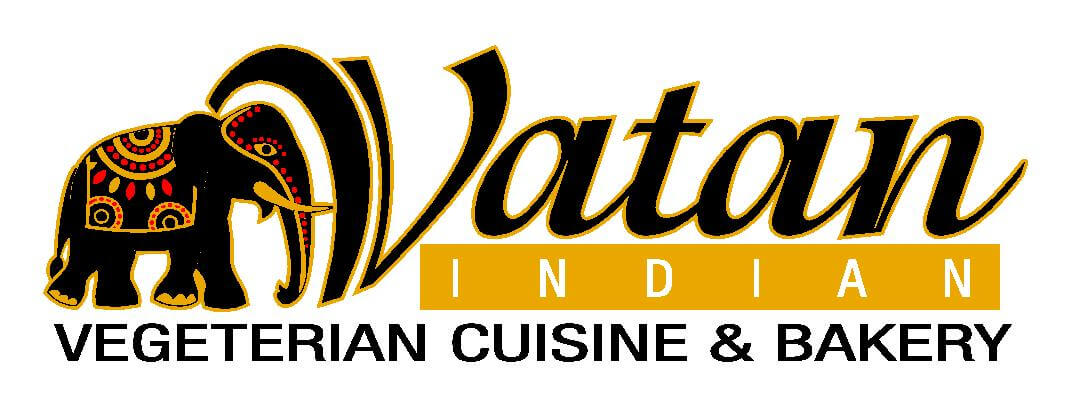Gajar Halva, or Carrot Halwa, is a dessert that holds a special place in Indian cuisine. Made with grated carrots, milk, sugar, and ghee, it’s often topped with nuts and flavored with cardamom. This wonderful dessert, which is frequently offered at festivals and family get-togethers, is also a sign of celebration.
While it may seem easy to prepare, making Gajar Halva requires attention to detail. Small mistakes can lead to a dessert that’s too watery, dry, or lacking in flavor. We’ll explore six common mistakes people make while preparing Gajar Halva and share simple tips to avoid them. Let’s ensure your Gajar Halva is rich, creamy, and absolutely perfect!















 Jersey City
Jersey City